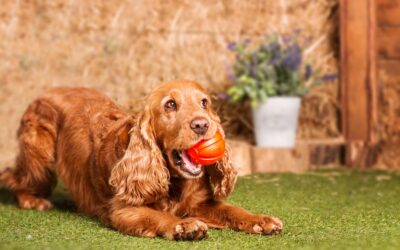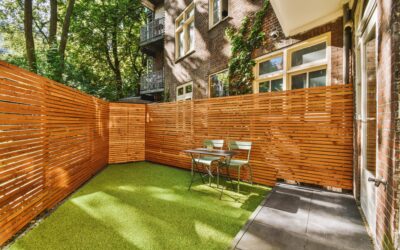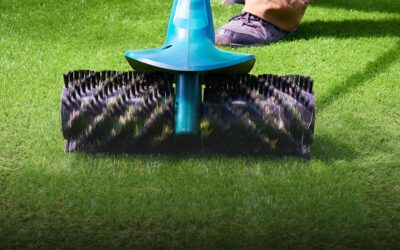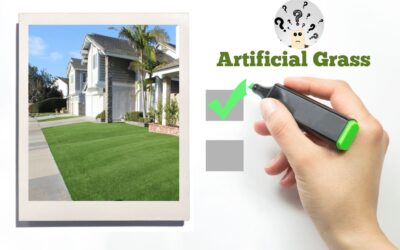DIY synthetic grass installation is a good way to save money and maintain good quality turf. If proper drainage is not considered, the surface will eventually fail prematurely. Drainage is built into some of the best artificial turf, but if these are not used, it should be added for long-term performance.

Pre-draining before installation is important because excess moisture can weaken the subgrade over time; it can also create problems with settling and surface coloration.
After installation, drainage is required for synthetic grass to keep the infill from pooling water or collecting moisture in high-traffic areas or during long periods of rainfall. Properly draining outside spaces will ensure that the product remains usable and playable; standing water on a synthetic lawn can cause the infill material to break down and degrade.
Types of Drainage Methods
The most common way to drain outside synthetic surfaces is with perforated pipe laid in the ground. The perforations allow for water to flow through the system and reach a drainage ditch, dry well or retention basin. This design can be very similar to outdoor natural grass surfaces. Combined with the right type of infill, it will help ensure that the surface can drain properly.
There are also synthetic grass systems available with built-in drainage, which means they have larger openings in the turf blades or monofilament yarn that makes up the product to let water through more quickly. This also applies to the best-putting greens. The infill is designed to shed water off of the bottom of the blades and to drain it quickly from the surface. A combination of drainage types is usually best for a synthetic lawn.
Preventing Drainage Problems
Good quality drainage is required to avoid problems with synthetic grass surfaces, such as ponds and puddles that persist for days after rainfall. When the infill cannot drain properly because it’s blocked by excessive clay or silt in the soil or because the drainage system does not have a large enough pipe for water to travel through it, the product will fail prematurely.
When drainage is adequate and there is no standing water on the best artificial turf in San Jose after long periods of rainfall, it’s important to regularly rinse off the infill material so that contaminants do not build up in it. Over time, dirt, oil and chemicals on the surface can cause the infill to lose its color or become hard.
Proper drainage is critical for the long-term performance of the best artificial turf installed outdoors. Avoiding standing water on turf surfaces will keep them playable and reduce problems with discoloration or degrading infill material. Installing perforated pipes or using synthetic grass systems with built-in drainage are good ways to keep the infill material dry after rainfall, reducing maintenance. If there is not an adequate drainage system installed—or if one was not incorporated into the design—it’s usually possible to add tiles or perforated piping that extends up through the subbase and can help prevent the surface from becoming damaged.







